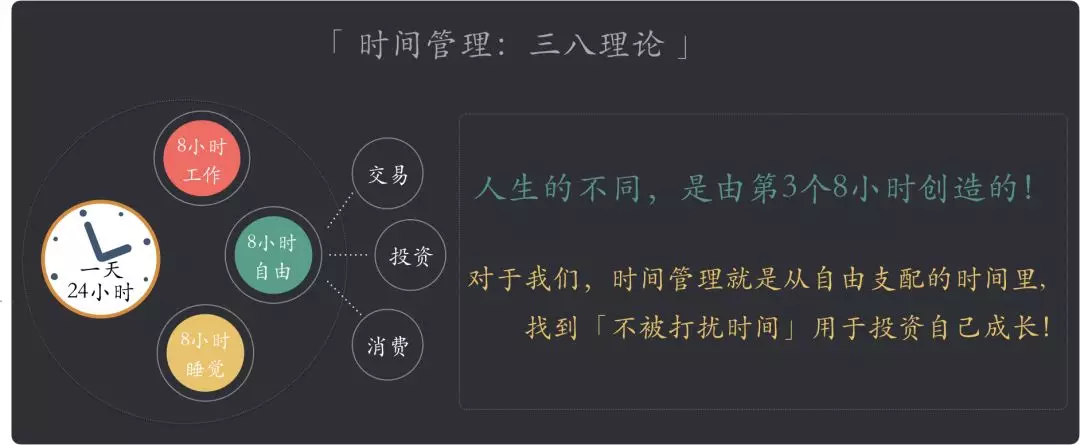时间&效率
时间管理
又到了一年一度返乡时间,职业不分贵贱,大道殊途同归!

在生成式AI发展如此迅猛的时代,没人能在人工智能的洪流前保持傲慢。推动科技的人,都有可能反过来被科技取代。搞IT的人到头来悲哀的发现,自己的工作不会比高速公路的收费员更稳定,也是那个小窗里随时会被取代的人,在技术迭代如此快的互联网,如何来保证自己的竞争力。在这个快节奏、世人浮躁的时代,如何实现事半功倍~答案只有一个:管理好自己的时间,努力到无能为力,拼搏到感动自己!
利用好自由时间

利用好上班时间
| 技巧 | 灵魂 |
|---|---|
| 废掉一个程序员,就让他一直忙(闲)。研发是一个摸鱼的过程,适当摸鱼,有助于灵光闪现。别一直陷入运维和无意义的需求无法自拔,适当学习有助于提升自身价值,价值才是公司最终追求 ,so~请上班适当摸摸鱼 |  |
| 沉浸式工作体验,及时反馈,学会拒绝,只有摸鱼是为了提升自身价值,高效工作是为了更有效摸鱼 |  |
面对挑战,我们有时可能会感到迷茫和压力重重,发现自己在学习和工作中效率不高,缺乏主见和规划,技术成长缓慢,难以精进。我们可能会遇到沟通不畅、生活中的困难和开发任务的高难度,维护起来也颇费劲。这些时刻,我们可能会觉得自己处在一个进退两难的境地,既想要抓住机会,又难以放下负担。
然而,正是这些挑战促使我们反思并寻求成长。通过加强学习计划的制定和执行,提高代码质量,优化工作流程,我们可以逐步克服技术难题,提升自己的沟通能力和团队协作。保持低调,同时在技术和人际交往上不断精进,可以帮助我们更好地面对生活和工作中的挑战,找到前进的方向。
在这个过程中,保持积极的心态至关重要。虽然路途可能充满挑战,但每一步的努力都是向前迈进的一大步。让我们以更加开放和积极的心态,迎接每一个挑战,寻找解决问题的方法,不断前进,开拓属于我们自己的道路。






















 1万+
1万+











 被折叠的 条评论
为什么被折叠?
被折叠的 条评论
为什么被折叠?








